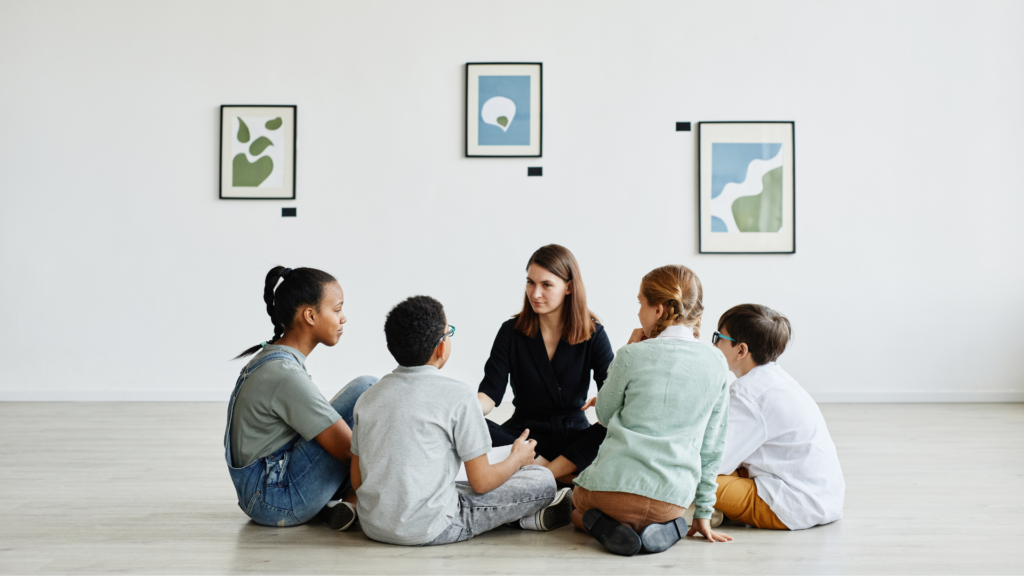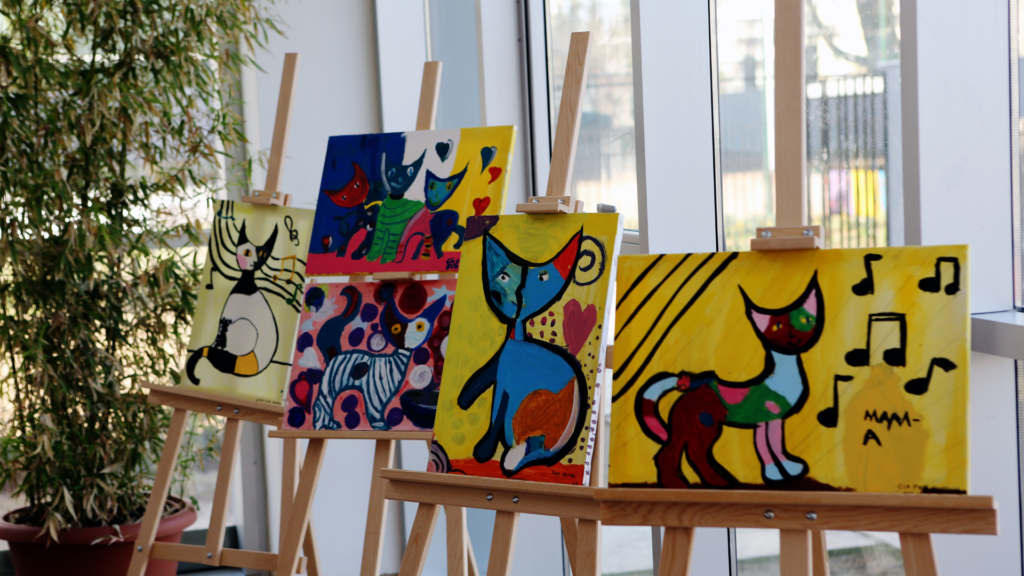Art is a universal language that transcends time and culture, showcasing the richness of our diversity as human beings. From ancient cave paintings to modern abstract art, each piece tells a unique story about the society it was created in.
In this blog post, we take you on a journey through time and explore how cultural diversity has influenced art throughout history. Join us as we discover different cultures’ mesmerizing beauty and artistic expressions!
The History of Art and Cultural Diversity
From ancient to modern, the history of art and cultural diversity is full of breathtaking achievements and astonishing variety. From the inception of Western art to the present day, there has been a continuous influx of new styles and techniques worldwide.
The beginning of Western art can be traced back to the Ancient Greeks, whose sculptures and paintings displayed a level of realism that was unprecedented at the time. Their influence can be seen in works by such artists as Michelangelo and Leonardo da Vinci.
The Renaissance saw an explosion in creativity, with artists such as Botticelli, da Vinci, Renoir, Monet, and Sartre all contributing their unique styles. This period also marked a departure from traditional religious imagery towards more secular subjects.
During the 18th century, Romanticism emerged as a movement inspired by classical culture. It emphasized emotion over precision and promoted individualism over conformity. Artists such as Beethoven and Chopin expressed Romantic ideals through their musical compositions.
In 19th-century Europe, several revolutions had far-reaching implications for art: the French Revolution brought changes in political structures that led to greater freedom of expression. At the same time, the Industrial Revolution created new technologies that impacted visual arts (such as photography) and architecture (such as skyscrapers).
The Importance of Cultural Diversity in Art
Cultural diversity is an essential aspect of art, as it can add a unique and refreshing dimension to a piece. From ancient to modern, there is a richness in the diversity of cultural influences on art.
Ancient Greece was known for its masterpieces of sculpture and painting, made up of realistic and idealized figures. This type of blending of realism and idealism is still seen in works from this era and reflects the influence of both the Eastern and Western worlds on Greek culture.
During the Renaissance, artists began experimenting with new art forms. They used perspective in their paintings, creating an illusion of previously unseen depth. This experimentation with form led to the Baroque period, which saw a return to classical forms in art.
The Romantic era saw a rise in nationalism among artists around the world. As a result, they began painting subjects that reflected their own countries or regions. This emphasis on local culture led to an increase in the variety of artistic styles, something that continues today.
As globalization has increased over the past few decades, so has the diversity of cultures represented in art. Artists from all over the world are now exploring new ways to express themselves through their work. This includes incorporating elements from different cultures into their artwork, giving audiences a richer understanding of what it means to be human.
The Different Types of Art That Depict Cultural Diversity
Cultural diversity is depicted in a variety of ways in art. Ancient cultures such as Egypt and Greece featured hieroglyphics and classical sculptures depicting people worldwide. Today, artists from around the world can be found creating pieces that depict cultural diversity.
One example is the artist Ibtihaj Muhammad, born and raised in New York City. Muhammad’s work focuses on portraying Muslims in a positive light. Her pieces have been displayed at museums worldwide, including the Smithsonian Museum of American Art in Washington D.C. and the Royal Ontario Museum in Toronto.
Muhammad is just one of many contemporary artists paying tribute to worldwide cultures through their artwork. These works of art help us better understand how people live, think, and feel.
How to Explore Cultural Diversity in Art
Cultural diversity has been evident in the arts throughout history. From ancient to modern, artists have captured the richness of different cultures and lifestyles. Through art, we can explore the world around us and learn about different perspectives.
Ancient Near Eastern art is often characterized by geometric designs and animals, mainly deities or representations of nature. Greek art is known for its beauty and realism, with figures often shown in action or engaged in conversation.
The Renaissance introduced a new level of realism into painting, which led to more detailed portraits and landscapes. Artists during the Romantic period used natural colours and themes to express themselves. Modern art began in the early 20th century and has since been characterized by Abstract Expressionism, Pop Art, and Minimalism.
There is no one right way to view cultural diversity in art. By exploring different types of works from different eras, regions, and styles, we can better understand the world around us.
Diversity In Art
Art is a reflection of the society in which it was created. What we see in art can teach us about the values and beliefs of its creators, as well as give us a glimpse into their world. Through this lens, we can appreciate the richness of cultural diversity even more and understand why different cultures produce so many fascinating works of art. Thank you for reading!



